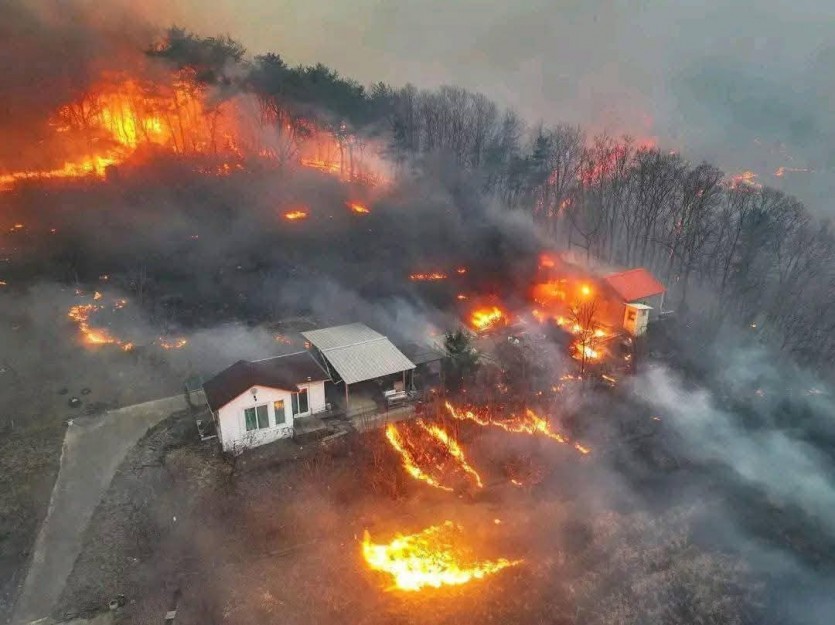The Impact of Climate Change on South Korea’s Wildfire Frequency and I…
페이지 정보

본문
Hello everyone,
In recent weeks, South Korea has been grappling with an alarming surge in wildfires, causing widespread damage to the environment, homes, and local communities. As the flames spread across forests and rural areas, the country has been on high alert. The severity of the wildfires has prompted authorities and citizens alike to question the growing frequency of such events and what can be done to prevent future catastrophes.
Wildfires in South Korea are not a new phenomenon, but they have become increasingly intense due to a combination of factors, including rising temperatures, dry conditions, and human activity. The country’s changing climate has made it more vulnerable to natural disasters, with higher-than-average temperatures and lower-than-usual rainfall contributing to the spread of flames. Forests, which cover nearly 63% of South Korea, are especially susceptible to wildfires. These dense, wooded areas are often the first to catch fire during dry spells, leading to massive destruction.
One of the main causes of wildfires in South Korea is human negligence. In many cases, the fires have been started by discarded cigarette butts, illegal burning of debris, or even fireworks. In some instances, people have intentionally started fires, often due to land disputes or to clear land for construction. The government has been working hard to identify and punish those responsible, but the damage is often done before authorities can intervene. As a result, it is crucial for both individuals and communities to take more responsibility in preventing fires, especially during high-risk seasons like spring and early summer.
To combat the growing threat of wildfires, the South Korean government has implemented several measures to reduce the risks. These include increasing fire surveillance, deploying helicopters for aerial firefighting, and enhancing the fire-fighting capabilities of local fire stations. Furthermore, the government is investing in new technologies to detect fires at their earliest stages, including drones and satellite imaging. Education campaigns are also being launched to raise public awareness about the dangers of wildfires and how individuals can help prevent them. For example, people are encouraged to avoid using open flames in forested areas and to properly dispose of their waste.
While the government’s efforts are crucial, it is equally important for South Korea’s citizens to take personal responsibility in preventing wildfires. Simple actions, such as properly extinguishing campfires, avoiding burning trash in dry areas, and being cautious with firework displays, can go a long way in reducing the risk of fire outbreaks. Citizens should also report any signs of arson or suspicious activities that could lead to wildfires. Collective action, from government measures to individual vigilance, is essential to protecting the country’s valuable forests and ensuring the safety of its people.
In conclusion, South Korea’s wildfire crisis is a growing problem that requires urgent attention. Climate change, human negligence, and the country’s natural landscape all contribute to the severity of these fires. While the government is taking significant steps to address the issue, it is clear that preventing wildfires is a shared responsibility. By raising awareness, taking precautionary measures, and working together, South Koreans can reduce the risk of future wildfires and protect the environment for generations to come.
- PrevSpring in Korea: A Changing Season Amid Climate Change 25.03.27
- NextYellow Dust in Korea 25.03.25
댓글목록
There are no registered comments.

